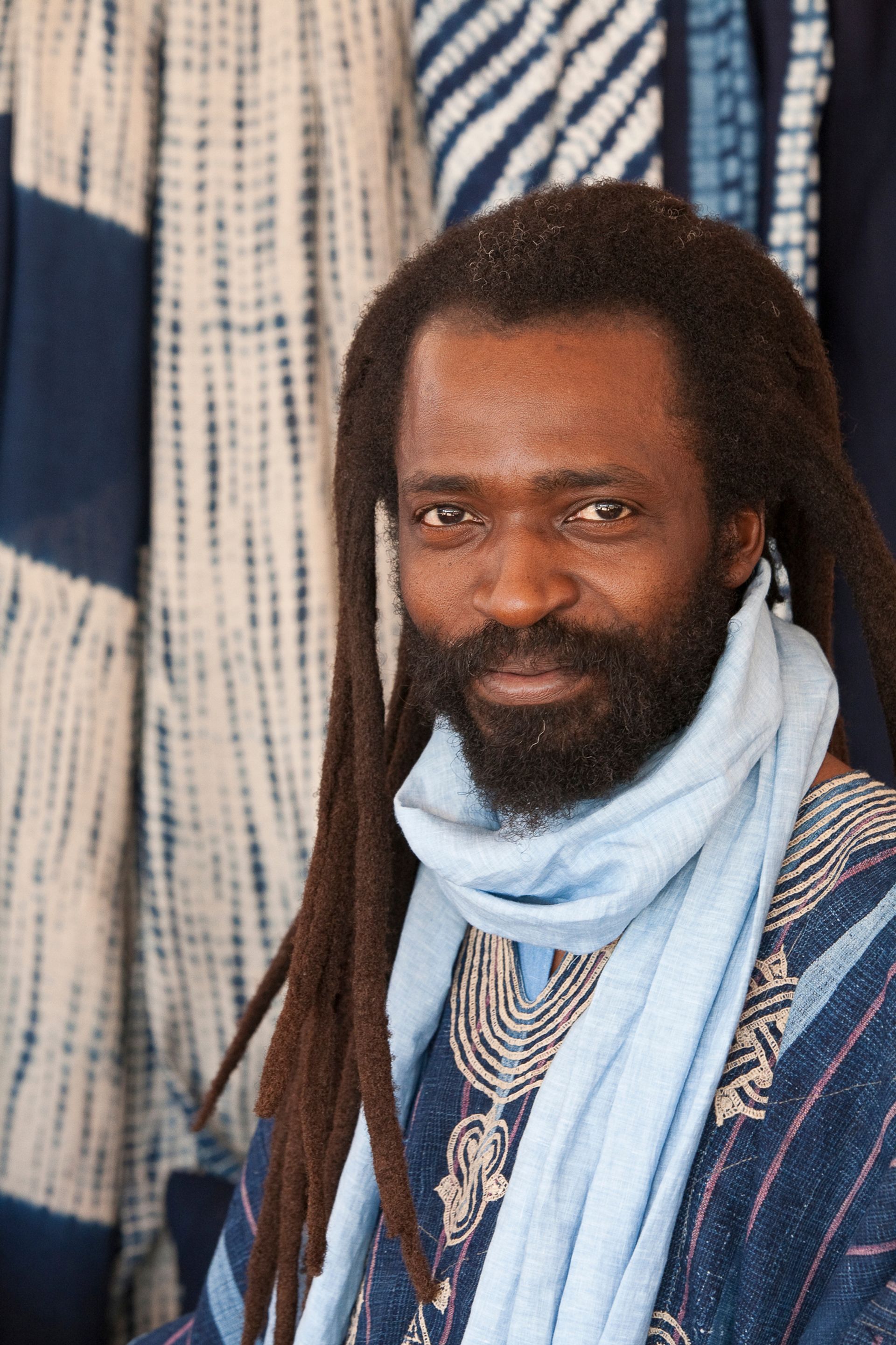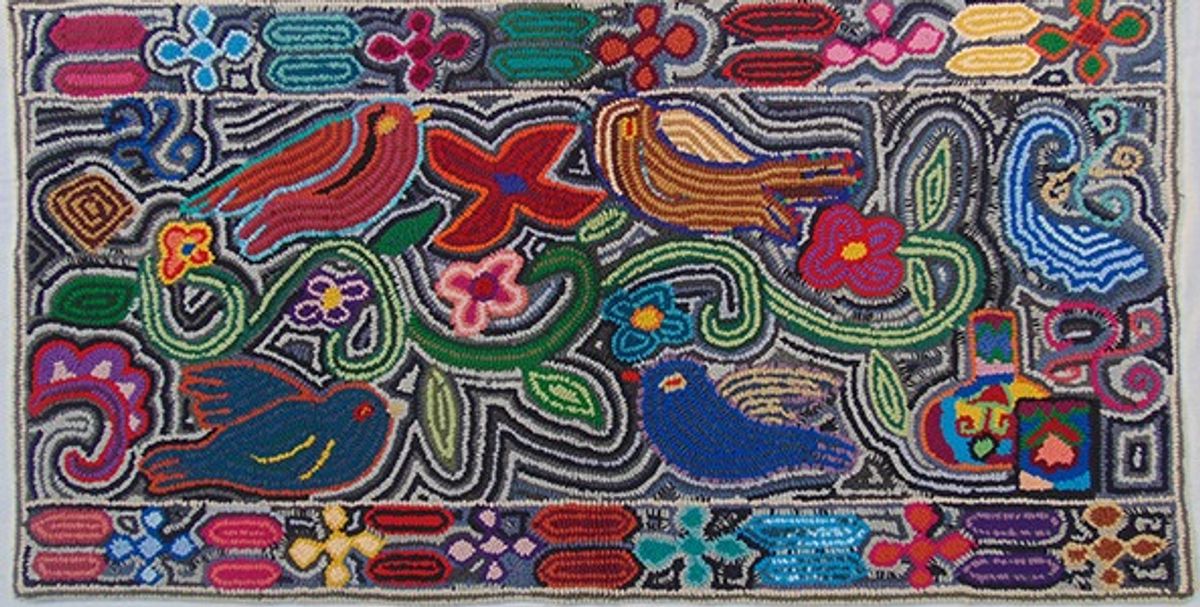Of the more than 150 artisans exhibiting at the International Folk Art Market in Santa Fe this weekend (14-16 July), two textile artists in particular weave a story with their materials. “One of my favorites is a fellow who divides his time between Bamako and Paris”, says the fair's creative director, Keith Recker of Aboubakar Fofana.
Fofana is a master of indigo dyeing, an ancient craft which was popularised in Africa in the 19th century by the Dutch, who were looking for a cheaper source of the batik textiles they had discovered in Java. “I love the way in which his work is specifically West African, but also global and contemporary”, Recker says.

Fofana, a winner of a Villa Medicis Hors les murs fellowship, studied calligraphy in Paris and Japan and also practices a Malian technique called bògòlanfini in which iron-rich mud is applied to fabric to create a positive-negative effect in Brice Marden-like arcs. “When he reaches back to an indigo and natural fiber aesthetic, he’s really reaching back to a time before colonialism”, Recker notes. “He’s a really syncretic, rich, artistic thinker.”
No less contemporary are the tweaked traditions found in hooked rugs by the Cooperativa de Alfombras de Mujeres Maya, based in the highlands of Guatemala. Using recycled t-shirts, sweatshirts and other garments discarded by Americans, the 50-plus women in the cooperative draw on centuries-old indigenous motifs to create dazzlingly patterned, large-scale rugs. Each renders her own interpretation of the various flora and fauna such as birds, turtles and fish.
“I have spent 10 days with them and I see the artistic acumen they are developing among themselves”, Recker says. “It’s like Chagall meets folk art meets Keith Haring.” He calls it “the early generation of a brand-new textile art form. They’re taking our trash and turning it into art.”
Prices for Fofana’s textiles start at $200, while Cooperativa de Alfombras rugs range from $40 to $4,200, depending on the size.


